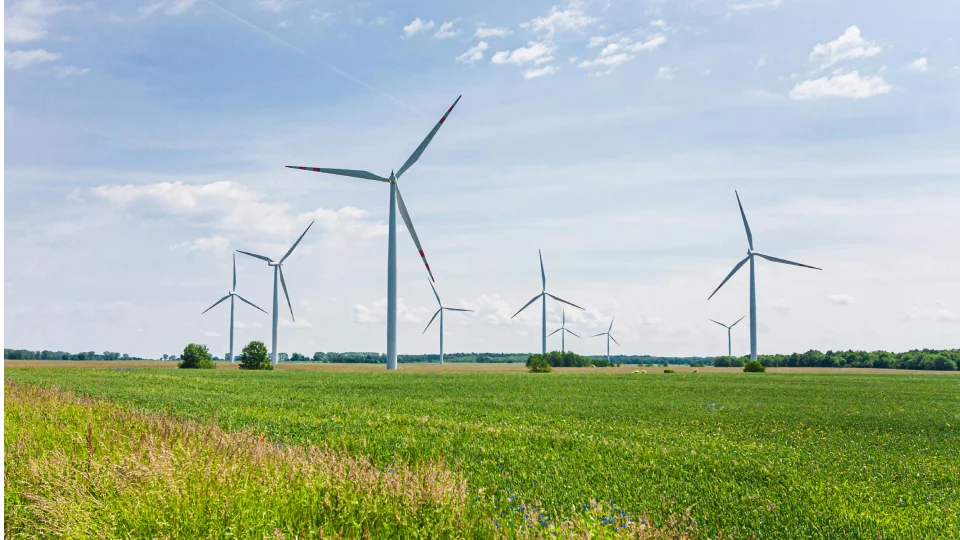Natural ventilation (NV) systems are becoming increasingly popular as they improve indoor air quality (IAQ) and reduce building energy usage. However, predicting future NV rates is a challenging issue for NV and hybrid systems, which combine NV with mechanical ventilation. The variability of NV due to building features and indoor/outdoor environmental changes makes it difficult to define the timing and approach of optimal NV system control in individual and multiple spaces.
This study proposes hybrid ensembled transfer learning (HETL) to predict NV rates between building spaces with varying physical features and climates. Two experimental scenarios were designed to compare the performance of the proposed and baseline methods. Differences in environmental feature relevance before and after model transfer were explored to provide an in-depth insight based on the Sharply Additive Explanation (SHAP) approach. For all the error metrics considered in this work, namely MAE, RMSE, and MAPE, HETL outperformed the baseline models including standalone and conventional transfer learning strategies.
Transfer learning, coupled with hybrid ensemble techniques, can ensure favorable transfer performance, even if source and target offices lack data. This study provides useful insights into the prediction of NV rates based on predictive models for large-scale building settings, such as a city or community, where the same climate is shared and energy-efficient thermal designs are highly desirable.







